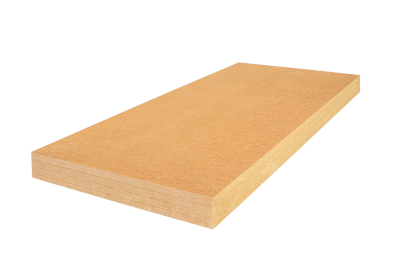What Is an Insulation Board?

An insulation board is a material used primarily to prevent heat conduction. It is designed to block not only heat but, depending on the materials used, also electricity and sound transmission. Insulation boards play a crucial role in preventing heat from entering or escaping a building, thereby maintaining a constant interior temperature and reducing energy costs. These boards are lightweight, easy to handle, and efficient to install, making them ideal for both new construction and renovation projects. However, selecting the appropriate insulation board requires considering the building type, application, insulation performance, material, and thickness to ensure optimal choice. Despite the initial cost, insulation boards offer long-term savings through reduced energy expenses and extended durability.
Uses of Insulation Board
Insulation boards find applications across the building and industrial sectors, including:
1. Construction
Used within roofs to stabilize interior temperatures, insulation boards reduce heating and cooling costs. They can also be installed on exterior roof surfaces to enhance thermal insulation, though their external application should be thoughtfully designed to avoid impacting the building’s aesthetics.
2. Industrial
In industrial settings, insulation boards help manage temperature for processes and storage, improving efficiency in metallurgical plants, food processing facilities, and refrigerated warehouses by retaining desired temperatures.
3. Home Appliances
Within refrigerators and freezers, insulation maintains consistent temperatures, ensuring food and beverages are kept cool or frozen efficiently, thereby minimizing energy costs. Insulation is also used in heat-generating electronic equipment, such as high-performance computers and audio systems, to enhance cooling efficiency and prevent overheating.
Principle of Insulation Board
Insulation boards work by preventing or reducing heat conduction, controlling thermal energy transfer, and stabilizing indoor temperatures. They are made from materials with low thermal conductivity, such as polyurethane, polystyrene, glass wool, and cellulose fiber, effectively blocking heat transfer and minimizing indoor-outdoor temperature differences. Some insulation boards also reflect heat radiation, further reducing indoor temperature increases by reflecting solar heat.
Types of Insulation Board
Diverse types of insulation boards are available, each suited to specific applications:
1. Glass Wool
Made from fibrous glass, glass wool insulation boards offer fire resistance and superior acoustic control, commonly used in walls, ceilings, and floors as insulation panels.
2. Polyurethane Foam
Polyurethane foam boards provide high thermal insulation with a lightweight structure, ideal for buildings, freezers, and pipelines, and are available in various densities to suit different applications.
3. Polycarbonate
Polycarbonate boards are versatile, used in remodeling and as skylight covers to maintain indoor temperatures, especially during winter.
4. Polystyrene Foam
Available as expanded polystyrene (EPS) and extruded polystyrene (XPS), polystyrene foam boards vary in density, water resistance, and compressive strength, making them suitable for insulating walls, floors, foundations, basements, and roof exteriors.